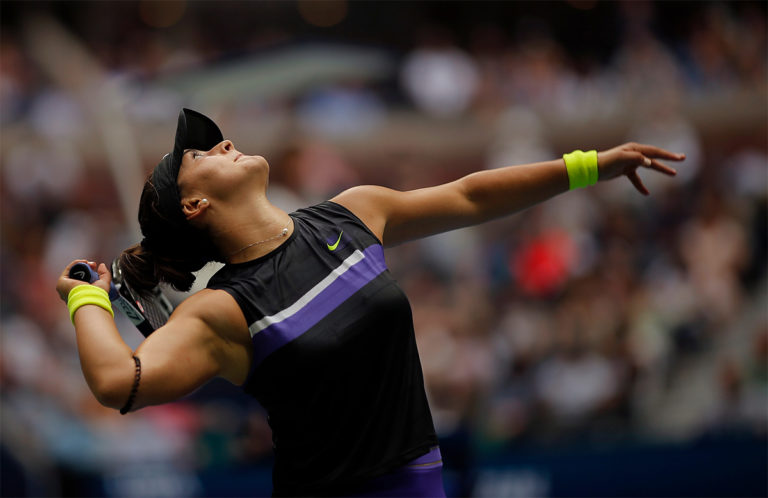
Category Works, Skills, Industry
With nearly 42% of Canadian jobs likely to be affected in some way by automation over the next two decades, and with the disruptive nature of social media, unprecedented access to big data, and analytic advances, all aspects of the workforce and management will need to adapt.


COVID-19 is disrupting the migration of new talent to Canada

The business of sports resumes amid COVID-19, but at what cost?

The coronavirus pandemic requires us to understand food’s murky supply chains

Companies are increasingly turning to social media to screen potential employees

Customer experience will help retailers overcome the financial hit from coronavirus

A plea to businesses: Don’t take away our paper bills!

Sustainable start-ups should consider corporate venture capital first

Working differently in an era of disruption

Newsrooms not keeping up with changing demographics, study suggests

The end of dangerous working conditions starts with informed consumers


